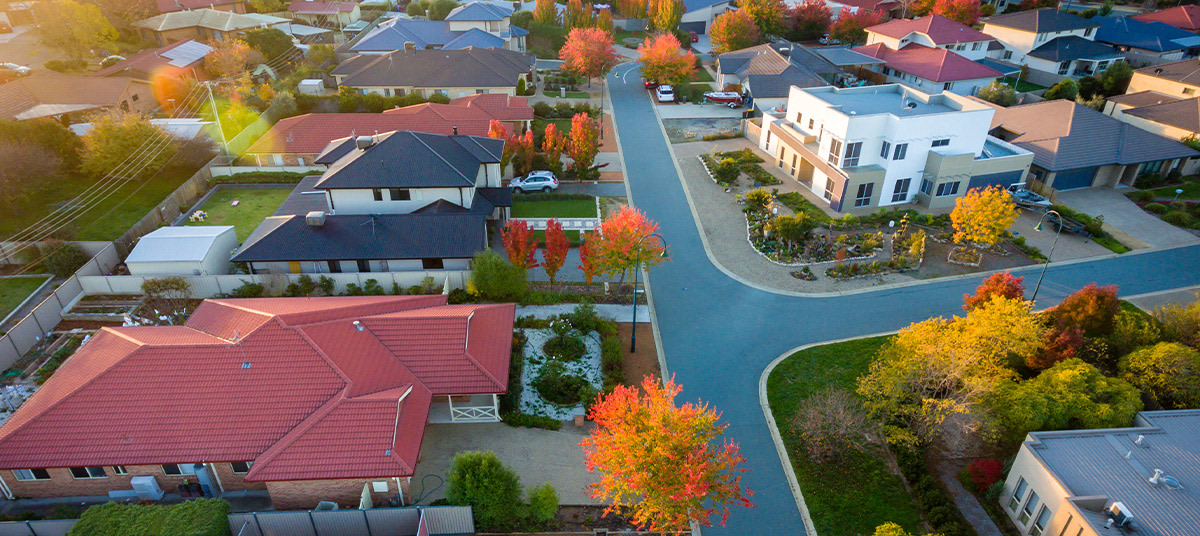
While broker numbers continue to rise, new data from the FBAA has revealed which areas are currently underserved by mortgage brokers.
The Finance Brokers Association of Australia (FBAA) has released its 2025 Broker Density Report, which reveals that broker numbers are continuing to grow, but some areas are facing low broker-to-consumer ratios.
According to the report, collated by CoreData, there are 22,002 brokers in Australia, with the broking industry growing 3.66 per cent since 2024.
As such, there are 10.9 brokers per 10,000 adults in Australia, with the ratio rising 1.87 per cent from the previous report.
Broker industry growth rebounded in 2025 after a brief dip in 2024 (which followed strong expansion from 2020–23), which the report suggests may have been due to falling mortgage activity as a result of the higher rate environment.
However, recent rate cuts, renewed home buying demand, and improvements to technology and lower entry barriers may have also supported growth.
FBAA managing director Peter White AM said the report “paints an optimistic picture for the future of Australian broking.”
“The number of brokers is on the rise, both in absolute terms and as a proportion of the overall population,” he said.
“Consumers keep turning to brokers because they know they’re best placed to help Australians secure better rates, more flexibility, and lending solutions tailored to their circumstances.
“Increased competition between lenders is driving demand for brokers among consumers seeking tailored advice, better deals and guidance in navigating lending markets.”
Which areas are ripe for the taking?
The report also showcases that many of the nation’s fastest-growing and wealthiest areas are severely underserved by the broking community.
It highlights a major mismatch between consumer demand for lending services and the current concentration of brokers, particularly in the outer metropolitan fringes of major cities and select regional areas.
High population states – Victoria and NSW – have the highest ratio of brokers, with lower ratios in outer metro and regional areas.
Tasmania and the Northern Territory represent the smallest and least developed broker markets nationally, collectively accounting for just 1.26 per cent of all Australian brokers.
Tasmania’s broker population contracted from 210 to 204, representing a 6 per cent decline, while the NT expanded marginally from 67 to 70 brokers.
The central business districts of Hobart and Darwin rank 46th and 50th nationally in broker density – the lowest of any Australian capital city – underscoring the limited scale of financial services infrastructure in these markets.
These territories face structural challenges, including smaller property markets, lower transaction volumes, and demographic constraints that limit the economic viability of stand-alone broker practices.
Elsewhere, the report pinpoints the South West Sydney and Blacktown regions as a critical frontier for broker expansion. Despite ranking high nationally in median mortgage prices (14th and 12th, respectively), these areas have modest broker density rankings (34th and 19th).
The pressure is set to intensify, with Blacktown holding the second-fastest national population growth rate and South West Sydney ranking fifth.
“This combination of rapid demographic expansion, substantial construction activity, and elevated property values creates an expanding addressable market that current broker density fails to adequately service,” the report states.
Similarly, the highly affluent Northern Beaches region of NSW presents one of the most significant service mismatches. The area boasts the second-highest median mortgage values and fourth-highest median income in the country, yet it ranks a modest 35th in broker density.
Further south, the Illawarra region is also highlighted as a prime opportunity. Ranking 47th in its mortgage-to-broker ratio despite the 17th-highest median mortgage rate, the coastal region is ripe for brokers looking for a lifestyle change, while serving an established, high-borrowing clientele.
The report also identifies major service gaps in Queensland and Victoria’s key growth corridors.
Moreton Bay North in Queensland is seeing rapid growth in both population (15th nationally) and new housing construction (ninth nationally), but lags significantly with a 70th-place broker density ranking.
The city of Ipswich also represents an opportunity zone for brokers, given extraordinary growth. Ipswich has the sixth-highest population growth nationally, yet its broker density sits at 60th.
Down in Melbourne, the inner south has high property values (and ranks ninth nationally in new dwelling construction), but ranks only 15th in broker density, signalling a pronounced mismatch between development activity and broker coverage.
The outer east of Melbourne also has a broker undersupply, according to the report.
In the regions, South East Tasmania has been identified as an area that could benefit from greater broker presence.
Although historically a small market, this region shows significant future potential. It ranks 24th nationally in mortgage growth rate and a remarkable second nationally in rental price growth – a key leading indicator of future property price appreciation and mortgage market expansion.
Meanwhile, the northern outback of Western Australia currently has a complete absence of broker presence, according to CoreData, despite sound underlying fundamentals.
It ranks 31st in average mortgage repayments and 14th in household income, suggesting considerable scope for first-mover advantage.
Overall, the report suggests that while broker density is generally efficient and concentrated in wealthier areas, the true opportunities lie in those dynamic regions, where rapid population growth and rising property values are dramatically outpacing the expansion of the local broker market.
White commented: “Emerging opportunities persist around the fringe regions of major cities, where housing prices and populations continue to rise faster than broker presence.
“Broker expansion into these areas will be an ongoing focus for the FBAA.”
[Related: FBAA membership growth surges]

